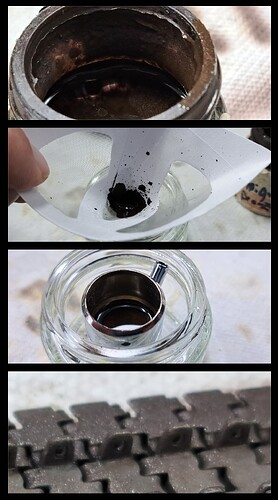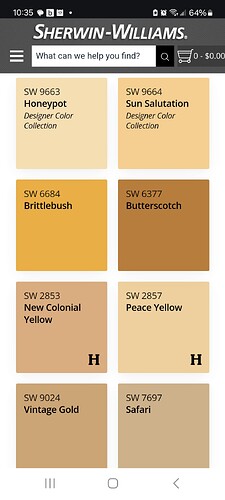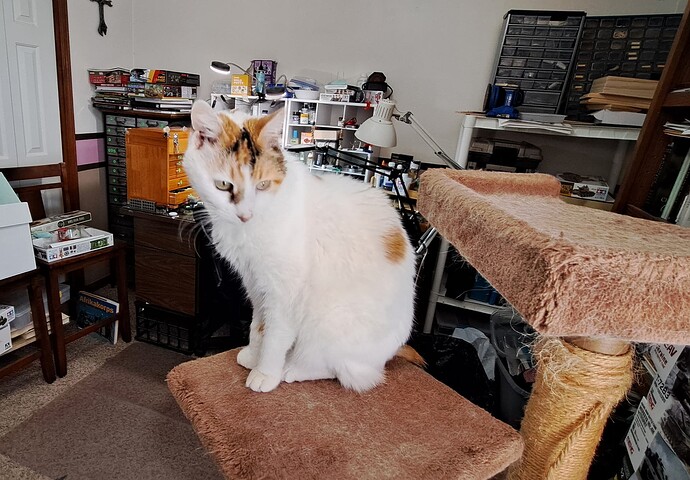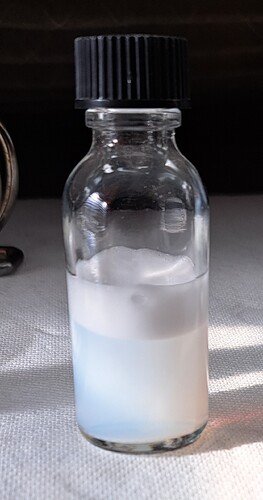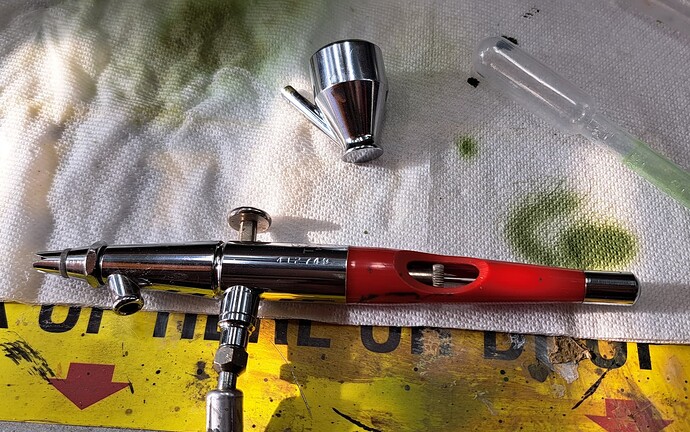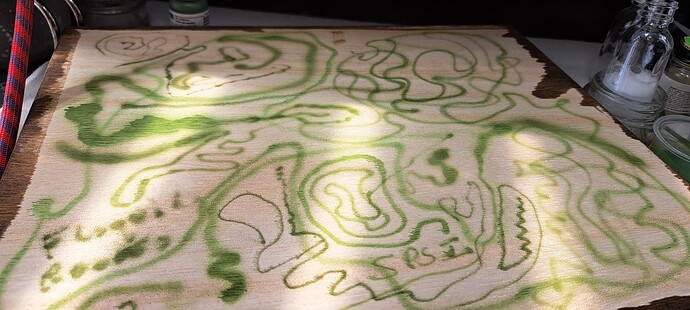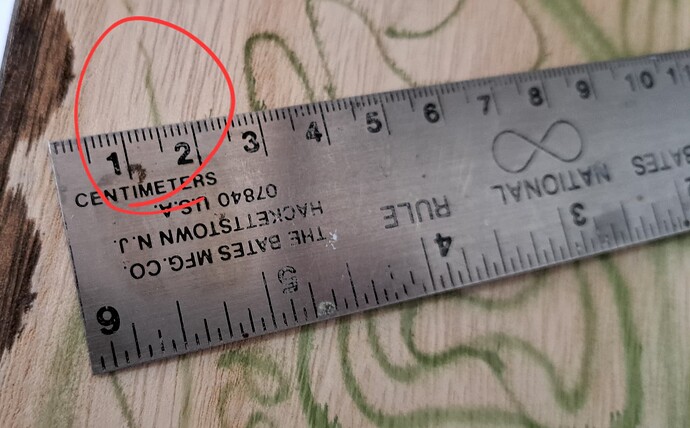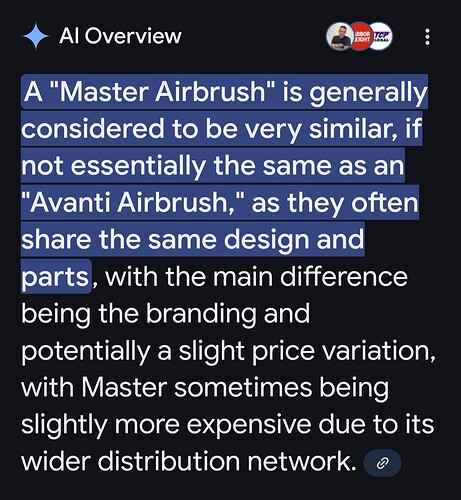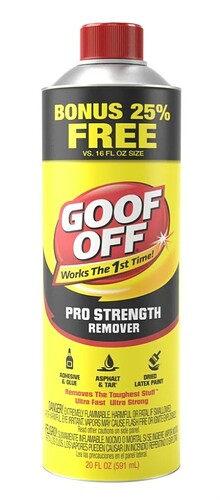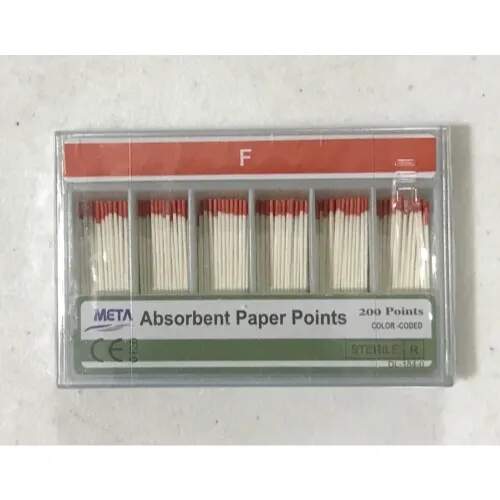Here we go, “Airbrushing Vallejo - Experiment #1” by Armor Buff & Kali-Katt, senior project engineer.
What’s being sprayed Russian Green as shown below by Vallejo.
Model Color Russian Green is the brush grade Vallejo paint. It was placed on a laboratory grade vortex paint mixer for two minutes.
Medium Thinner is acrylic resin base. I used it so that the crappy binder in this lame paint doesn’t implode when its thinned excessively to make it spray. I use this when brush painting thinned Vallejo. I don’t know if you need it but someone I respect who got top performance out of Vallejo explained that I would be wise to use a little bit of it when excessively thinning Vallejo back in ~2009.
Retarder Medium is used to slow drying time. It’s thick and must be diluted.
Vallejo Airbrush Thinner - i use a drop when brush painting etc.
Sam’s Club bottled water - local water is hard and nasty even with a water softener.
Kodak Photo Flow - It’s a wetting agent for old fashion photography development aka a flow improver, Kali says it’s a surfactant…makes water wetter by breaking surface tension.
No internet research was done, this all shooting from the hip.
Drops of this and that, a lot of Sam’s water etc were mixed into a home brewed Kali-Katt researched airbrush thinner beta version 1.0
The airbrush, mid 1990’s Paasche VL.
I couldn’t find the bigger #3 needle etc so using the smaller #1 (.55 mm) which is more prone to clogs (per the airbrushing guru’s) than the bigger #3.
Yes, that’s big needle by today’s .25 mm needle standards.
However, the VL #1 will go 1/32 of an inch fine line with minor thinner & air pressure adjustment. Guru’s that know what they are doing have been known to cut 1/32 of an inch lines in half going down 1/64 inch or so I’ve been told.
This VL has a hand polished needle (helps fight dry tip), cut away crown tip, tweaked trigger & cut away rear to blow clogs out. The needle and nozzle were gently lapped together for a precision fit of near antique parts & technology. The VL leaks so all threads are coated in beewax just like Mr Paasche did in the 1890’s or whatever.
Filtering that nasty Vallejo house paint through a house paint filter. Note how thick that stuff is!!! It’s like snot from sick kid in kindergarten!
Adding thinner and cycling through filter repeatedly.
There was a lot of paint that stayed in the filter as shown above. This is after the clean filtered thinned paint was cycled through it half a dozen times. So what’s left in the filter is crap in my opinion and that Vallejo paint bottle was full of it.
Temperature is 70 degrees, outside humidity is 48%, 20 psi air pressure, sprayed five minutes, no clogs, no dry tip.
Painted a few index cards probably ~ 5 to 7 more minutes using a wider pattern. No clogs, no dry tip. Paint was very thin and color had to be built up gradually coat by coat. I’m sure the thinning ratio isn’t optimized.
Cut air pressure to 12 psi, 5 to 7 minutes screwing around, no clogs, no dry tip.
Chopped air pressure to 5 psi
1 mm line consistent. I’m pretty sure (98%) with slightly adjusted thinner ratio this would have sprayed 1/32 inch per book spec for the VL…or slightly better based on past experiences with the VL.
I do not keep old models around as test mules. So unfortunately spraying index cards and an old wood base is the best I can offer at this time.
My opinion, Vallejo Model Color should always be filtered.
More opinion…
I wouldn’t consider spraying Vallejo Model Color in any dual action airbrush other than a Paasche VL or similar airbrush with at least a big fat .5mm needle. It will go 1mm thin line without much effort. How often are thinner lines needed painting plastic models?
Floquil, Tamiya Lacquer & AK Real Color, really any self respecting halfway decent laquer or enamel absolutely  slaughters Vallejo in the ease of use when it comes to airbrushing.
slaughters Vallejo in the ease of use when it comes to airbrushing.
For airbrushing Vallejo Model Color is the second worst quality paint I have used in 48 years of airbrushing. The very worst was in the 1990’s with Badgers initial line of new acrylics that were formulated wrong at the factory and flashed into goo about 15 minutes after being exposed to air and went solid very quickly there after.
Airbrushing Tamiya’s Acrylics thinned with X20A is much easier to use than Vallejo Model Color.
YMMV
Happy modeling
